|
|
|
|
|
|
|
|
Photo Gallery for Lampropeltis elapsoides - Scarlet Kingsnake
| 19 photos are shown. |
 | Recorded by: Z. Lunn, M. Prinz
Moore Co.
Comment: | 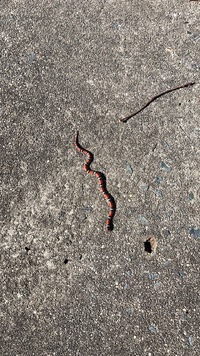 | Recorded by: D. Bigford
Stanly Co.
Comment: |
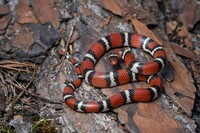 | Recorded by: E. Grimes
Moore Co.
Comment: |  | Recorded by: E. Grimes
Moore Co.
Comment: |
 | Recorded by: E. Grimes
Moore Co.
Comment: |  | Recorded by: J. Buie
Stokes Co.
Comment: |
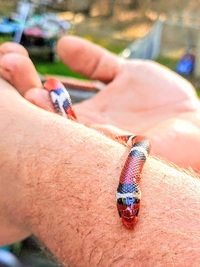 | Recorded by: J. Buie
Stokes Co.
Comment: | 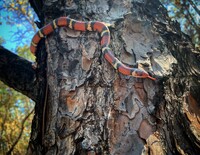 | Recorded by: T. Stafford
Moore Co.
Comment: |
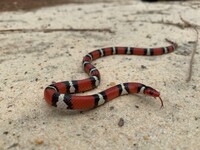 | Recorded by: T. Stafford
Moore Co.
Comment: | 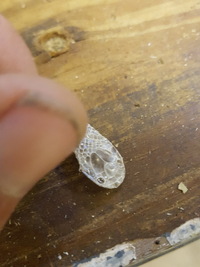 | Recorded by: A. Early
Stanly Co.
Comment: |
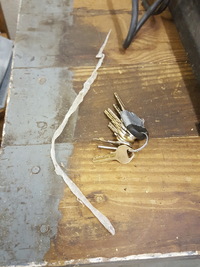 | Recorded by: A. Early
Stanly Co.
Comment: | 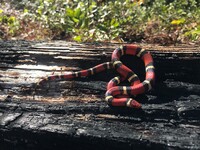 | Recorded by: T. Stafford
Moore Co.
Comment: |
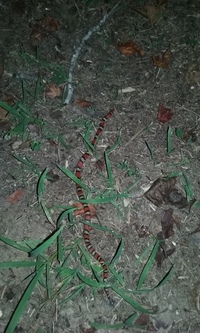 | Recorded by: G. George
Gaston Co.
Comment: |  | Recorded by: Jeff Beane and Steve Hall
Moore Co.
Comment: Found under bark of a downed Longleaf Pine |
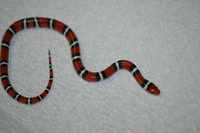 | Recorded by: Jaye McClure
Stokes Co.
Comment: |  | Recorded by: S. Williams
Camden Co.
Comment: |
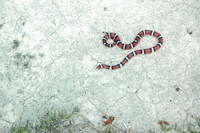 | Recorded by: Jeff Corbett
Bladen Co.
Comment: |  | Recorded by: M.Windsor
Stokes Co.
Comment: |
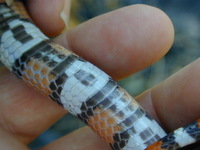 | Recorded by: S. Hartley, C. Helms
Moore Co.
Comment: |

 »
» 



 »
» 

